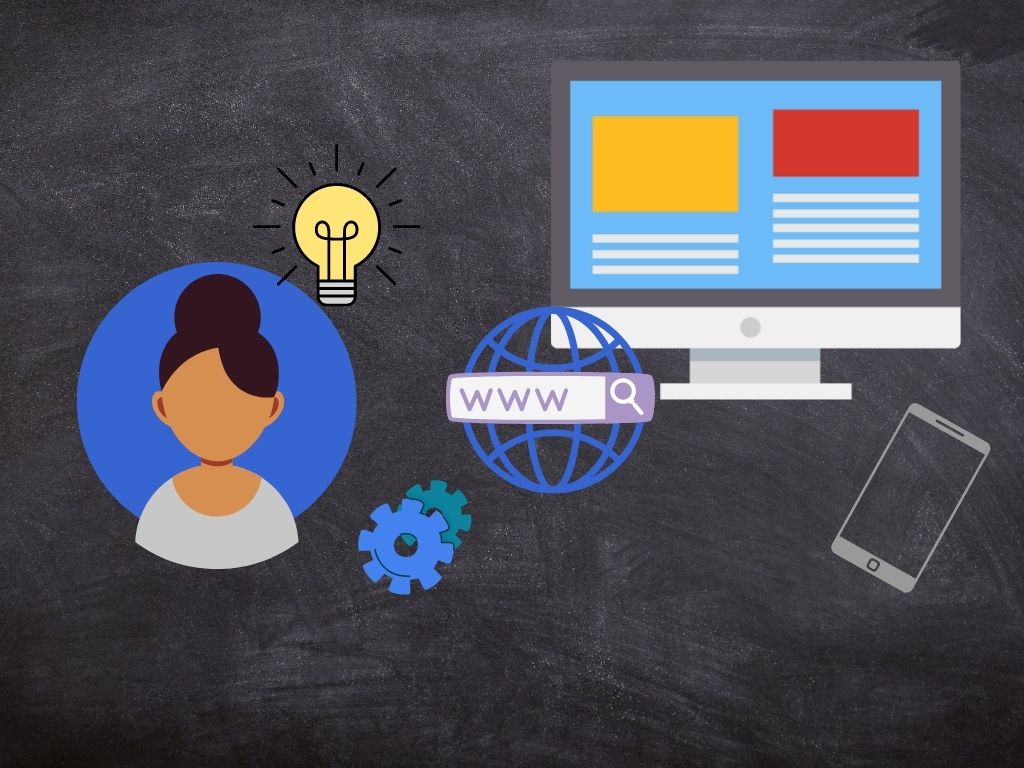User experience (UX) is a perception of an individual user when interacting with the product, service, or system. UX is a combination of all the emotions, feelings, behaviors, and responses which are triggered by using those products or services.
Why should you Care about User Experience?
User experience is an important aspect of each business, it doesn’t matter if you develop software, apps, websites… Users always want to have a smooth experience when using it. Most of the users are even willing to pay more for a better user experience.
UX is also important in the offline world (when buying products or using services offline). Let’s say everybody wants to have a flawless experience when shopping at a grocery store, using a coffee grinder or dishwasher, or waiting in a consulting room. And when something doesn’t run as expected it makes us feel frustrated.
You definitely want to avoid frustrated users. Based on that you should always try to make users as comfortable as possible.
In fact, what you want to achieve is a great user experience – something extraordinary that users will remember for a long time.
Remember that users tend to remember negative experiences for a longer time.
Still, when users had a good overall experience when interacting with your company someone might have offered them even better user experience. This can make the difference between whether they will become your customers or customers of your competitors.
Difference between User Experience (UX) vs. Customer Experience (CX)
User Experience (UX) is the experience that end-users receive from interaction with your product or services. UX focuses primarily on usability (design, technology, technical aspects). User Experience concentrates on the end-user and usability of a particular app or website (UX is more specific than CX). UX is a part of a broader CX.
Customer Experience (CX) is how the customer perceives interaction with your business. CX focuses on the customer (whereas UX focuses on the user) and takes into account the whole experience (not just one channel but the brand as a whole). The goal of CX is to have professional and helpful interactions with the company. Some of the other objectives are to build a strong brand, efficient marketing, improve customer service, boost revenue, etc.
UX and CX complement each other.
Benefits of User Experience
When you provide users with great UX you’ll gain these benefits:
- Higher conversion rate: if your users can find information on your website quickly or they can complete the desired task easily, you give them good reasons to make a purchase (which leads to a higher conversion rate).
- Building loyalty: when your product or service offers a fulfilling experience, users will be more than happy to come back and interact with your company repeatedly. To drive long-term customers don’t forget to enhance UX design (at least every 6 months).
- Determine your users’ goals: by analyzing users you will understand better what are the goals of your target audiences (and how can your company help them).
- Gaining brand credibility: many users are attentive to the first impression, so you have to make your brand look appealing. You achieve this with easy-to-use and well-designed UX. This way you establish credibility among your users. But once you made your company appear trustworthy, you have to work hard to maintain it.

Factors that Influence UX
Various aspects influence a user’s experience.
According to Peter Morville, there are 7 factors that are the most important:
- Useful
- Usable
- Findable
- Credible
- Desirable
- Accessible
- Valuable
Useful
Your product or service should be useful, which means it should be original and it should have certain benefits for users. Something is useful when it has some practical purpose, fulfills a user’s need, or helps them to accomplish their goal.
Usable
In short, in order to be usable your product or service must be easy to use. Whatever the user’s objective is, she should be able to achieve it effectively and efficiently.
Findable
The product/service must be easy to find and also easily locatable.
Think of it this way: If your users cannot find a product, there’s no way they’re going to buy it.
To make something findable, you should use proper categories, provide a search bar, or filter.
Credible
You have to build credibility and your users must trust you and everything you offer. Always provide accurate information and don’t mislead your users. Because in the long run, it can cost you dearly.
Desirable
You should aim to make your brand (also its image, identity, and other elements) desirable. When something is desirable, it evokes very positive emotion and appreciation. Users tend to brag about it and provoke desire in other users too.
Accessible
Your product or service should be accessible to people with disabilities. There are many disabled people who have impaired abilities such as hearing, vision, motion, or learning. When you keep in mind improving accessibility you also create something that is easier to use for everyone, not just for those disabled.
Valuable
Your product or service must provide value to users. It’s best when it delivers value both to the creator and to the end-user. Always remember that you should never build a product that does not create value.


5 thoughts on “User Experience: Why Is It Important?”